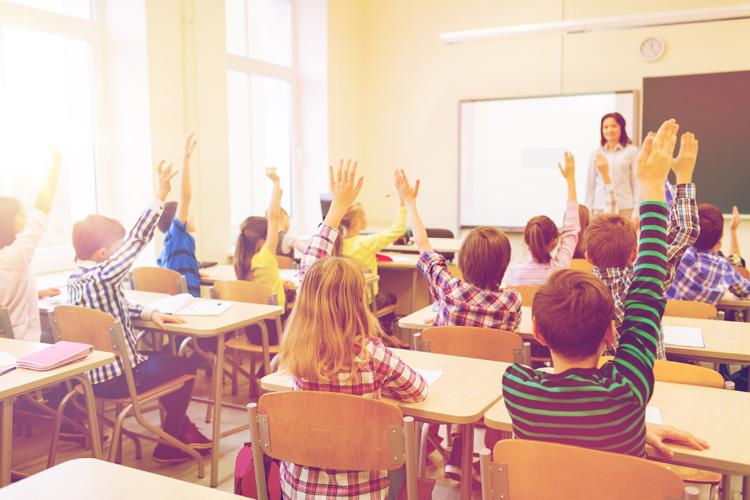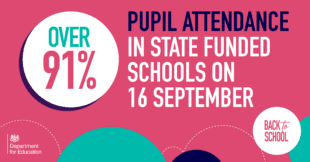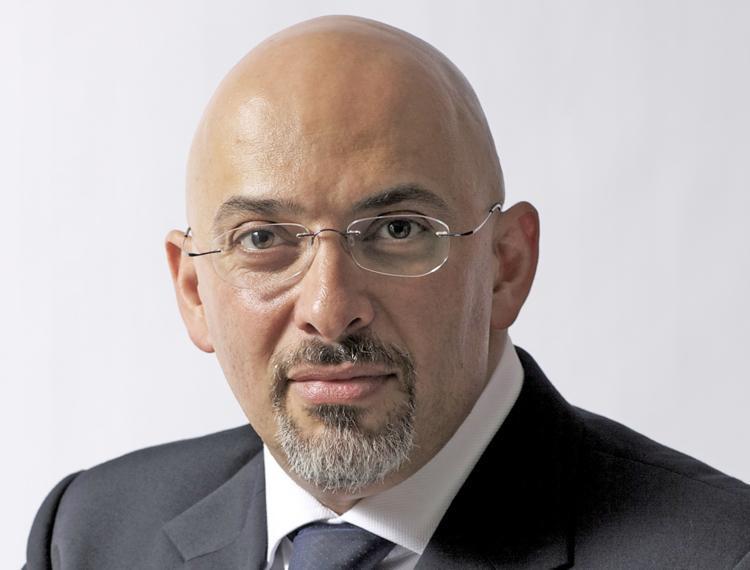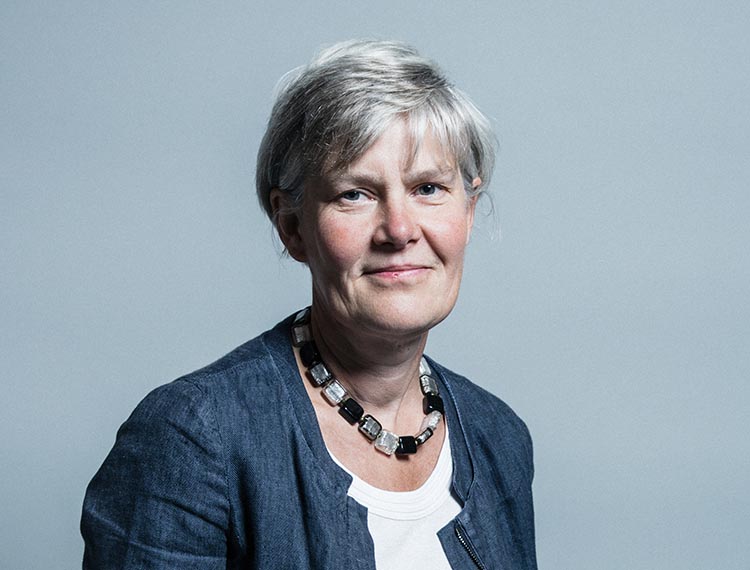The impact of coronavirus on attendance in education settings and support for pupils to catch-up on lost learning

Today (Thu 23 Sept) @UKLabour asked an urgent question in the House of Commons about the impact of coronavirus on attendance in education settings and support for pupils to catch-up on lost learning.
Over 122,000 children (1.5%) were off school due to Covid last week:
- 45,000 pupils with a suspected case of coronavirus
- 59,000 pupils with a confirmed case of coronavirus
- 2,000 pupils absent from open settings due to attendance restrictions being in place to manage an outbreak
- 16,000 Pupils absent from open settings due to isolation for other reasons
- Fewer than 500 pupils were absent as a result of school closures due to COVID-related reasons
 Paul Whiteman, general secretary of school leaders’ union NAHT, said:
Paul Whiteman, general secretary of school leaders’ union NAHT, said:
“What the figures show is that children’s education continues to be disrupted. Until now government has been slow to act and offered less than is needed in terms of support. Children, young people teachers and school leaders are all looking to the new team at the DFE to provide the support that is needed.
“The case must be made that funding education is an investment in this country’s future, not simply another drain on the nation’s finances. Up to now, what’s been offered falls way short of international efforts to help pupils. It is also well below the ambition that school leaders have for their pupils, and a long way off what young people themselves need and deserve.”
Peter Kyle MP, Labour’s Shadow Schools Minister, responding to new statistics showing pupils at schools with high numbers of children eligible for free school meals covered less content while learning remotely than pupils at schools with lower free school meal eligibility, said:
“All children have suffered from the consequences of this pandemic. Despite teachers’ best efforts, remote learning cannot make up for being in a classroom.
“But these statistics show it’s the children on free school meals who have been held back the most. Labour’s ambitious plan for academic tutoring and catch-up, alongside vital wellbeing and mental health support, would help children recover this lost learning.
“The Conservatives have refused to support sufficient fund recovery efforts for our children, and have overseen a widening gap in learning with children on free school meals falling behind. Labour believes in supporting our children to recover from the pandemic. Our kids need the Government to do so too.”
Removal of school ‘bubbles’ cuts disruption as more than 91% of pupils attend school

21st Sept 2021: Following the Department for Education’s pupil attendance figures, @RMEducation has analysed the latest @EducationGovUK data and found that whilst much improved on the end of last term – with more pupils in class than on any day since 11th May – there were still 660,000 recorded as absent (albeit not all for Covid reasons). However, this was 277,000 less than the daily average pre-pandemic.
Although more lockdowns don’t seem likely, the future still remains uncertain and schools must absolutely be prepared for any scenarios – weaving hybrid learning into the curriculum permanently will enable this.
 Simon Carter, Director at RM:
Simon Carter, Director at RM:
“Between testing chaos and the vaccine dilemma, we’re all still feeling the effects of COVID-19. The Department for Education has released the first school attendance figures of this term, and whilst much improved on the end of last term – with more pupils in class than on any day since 11th May – there were still 660,000 recorded as absent (albeit not all for Covid reasons). However, this was 277,000 less than the daily average pre-pandemic. With that in mind, it’s crucial now that schools retain the ability to continue teaching and learning, irrespective of whether a child is in class, or is forced to learn from home. One of the most important investments of the past 18 months has been in remote learning and, with the hardware, the software and the skills (in the form of training for staff and pupils) now in place or improving for the first time in years, education establishments are better positioned than ever before for the challenges that lie ahead.
“Today’s attendance figures demonstrate that a number of teachers and pupils are still having to isolate, something that will inevitably have a negative effect on learning. Going forward, it is imperative that we build on the learnings and investment since March 2020 to make a more flexible education system for all – one that can adapt to whatever crisis is prevailing at the time – pandemic, flood, bad weather etc. Schools are more adept at providing pupils with lessons and work to complete online thanks to the remote learning revolution, so while full lockdowns seem unlikely, we must weave hybrid learning into the curriculum permanently. This surely is the best way to guarantee our children receive the education they deserve.
“That said, school staff must feel confident using the right mix of technology, whatever the circumstances – our own research found that 51% of teachers felt they needed a greater understanding of technology to achieve better learning outcomes. The priority now should be ensuring that every teacher has a proper appreciation of how best to use that technology, as well as ensuring equal access to it across all schools: only then can teachers ensure pupils still receive the same high quality teaching online and off.”
 Education Secretary Nadhim Zahawi said:
Education Secretary Nadhim Zahawi said:
“My priority is to make sure children are in school and back to face-to-face learning. That’s the best place for them to be so it’s fantastic to see more than 91% of them back in the classroom with their teachers and friends, compared to 87% this time last year.
“That’s down to the hard work of teachers, support staff as well as families whose efforts have been heroic in making sure children can get back to school safely. The rollout of the vaccine to those aged 12-15, which started this week, is another significant step in building the walls of protection from the virus across society.
“As Education Secretary, I will be working closely with school leaders and everyone working in education to keep children learning and help them catch-up through our National Tutoring Programme.”
 Kate Green MP, Labour’s Shadow Education Secretary, said:
Kate Green MP, Labour’s Shadow Education Secretary, said:
“The Conservatives’ chaotic failure to plan ahead or to listen to Labour, parents and teachers and get ventilation and mitigations in place saw over 122,000 children out of school again last week. This is not good enough. The Conservatives have left schools in a mess, the new Education Secretary urgently needs to set this right.
“With 158,000 more children out of school than anticipated due to Covid and standard absences, Ministers must urgently investigate what’s happening with these families and work with parents and schools to ensure all children can return to class.”
 Paul Whiteman, general secretary of school leaders’ union NAHT, said:
Paul Whiteman, general secretary of school leaders’ union NAHT, said:
“These numbers reflect the latest changes to government policy, which require far fewer pupils to self-isolate when there is a positive case identified in school.
“However, it’s important to note that these national figures mask some significant issues arising at a local level, and we already know of schools that are struggling to keep classes open due to outbreaks occurring.
“It is crucial that both central and local government are now on high alert and are ready to react quickly if and when cases rise rapidly or outbreaks occur. The next few weeks will be crucial.”
Earlier this month, all pupils returned to schools following the summer holidays.
The latest attendance statistics help paint a picture of how Covid-19 is impacting schools, and we’ll continue to release attendance statistics throughout the year.
What are the current attendance statistics?
99% of state-funded schools were open on 16 September, with 91.9 pupils attending school that same day.
This is an increase from the 87% attendance at this time last year. This is hugely encouraging, and this year we have removed the ‘bubbles’ policy in schools and colleges meaning fewer pupils have to isolate in the event of a positive case. This means that only those who have symptoms or who have tested positive for the virus will need to isolate.
This, combined with the impact of the vaccine rollout, means fewer pupils are seeing their schooling disrupted compared with last year.
How many pupils were absent because of COVID-19?
In all state funded schools 1.5% of pupils were absent because of COVID-19 on 16 September. Of this number, only 0.7 percent were absent due to a confirmed positive case of COVID-19.
What are you doing to ensure schools stay open and pupils can carry on attending?
It is hugely important that pupils can return the classroom with as much confidence as possible. We’re working closely with local authorities, schools and local health teams to ensure that learning is disrupted as little as possible.
Although we are not yet out of the pandemic, compared with last September we have stronger defences in place, with every teacher and every 16- and 17-year-old having been offered a vaccination, and extra safety measures in place, including testing. The vaccination of 12–15-year-olds also began this week and is being led by the NHS and Department for Health and Social Care.
We’re also making sure schools are as well ventilated as possible by providing a minimum of 300,000 carbon dioxide monitors to schools, backed by £25 million, so staff can quickly identify where ventilation needs to be improved.
Special schools have been prioritised to receive a monitor first, given they care for the most vulnerable children, but monitors are being rolled out more widely to all schools as quickly as possible.











Responses